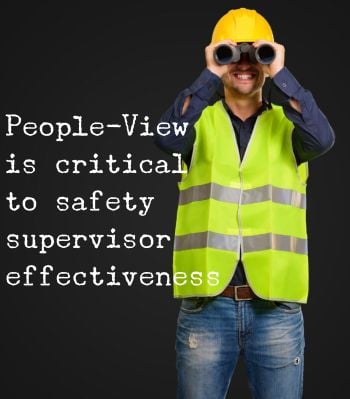
Safety meetings are not supposed to be boring. People, more specifically presenters, make them that way. Talks from the TED conferences are engaging. If you are not familiar with TED (Technology, Entertainment, Design), they are a global set of conferences that bring together the world's most fascinating thinkers and doers, who are challenged to give the talk of their lives in 18 minutes or less. Eighteen minutes or less. Some of the world’s greatest thinkers will change the world with their ideas in under 18 minutes. So the question becomes, if world-class thinkers and thought leaders are only given eighteen minutes to make their point, have the learning stick and ultimately change the world, why are mediocre safety presenters given 60-90 minutes to make a point or two about safety? If issues like fighting world hunger and jumpstarting world economies can be addressed in 18 minutes, why are safety meetings running longer than that? Safety complacency is a big problem today but never moreso than safety meeting complacency: the lack of focused engagement in preparing engaging safety meetings. The problems outlined below identify the real reasons safety meetings are traditionally so boring and what to do next.











